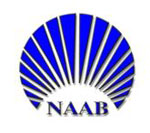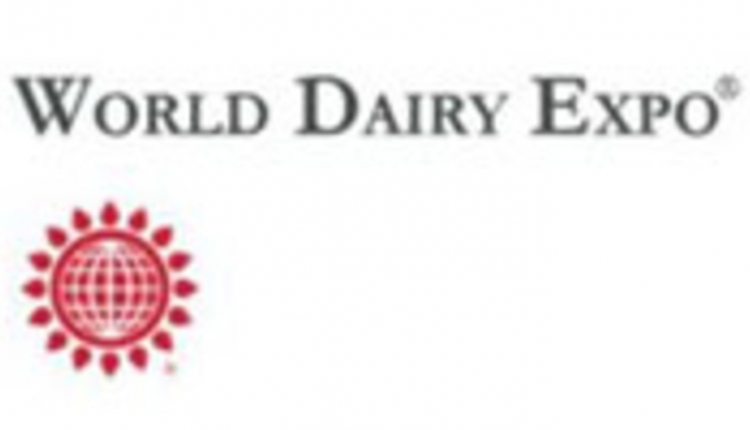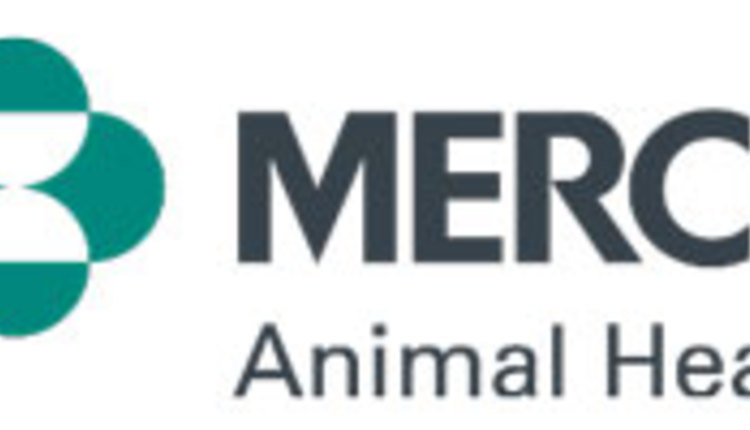The information below has been supplied by dairy marketers and other industry organizations. It has not been edited, verified or endorsed by Hoard’s Dairyman.
The National Association of Animal Breeders (NAAB) members report annual units for the categories of domestic sales, export sales, custom collection, and imported units for dairy and beef breeds. With approximately 95% of the US AI industry represented by NAAB members, these annual statistics provide an accurate insight of the sales of U.S. bovine semen.
"Following two consecutive years of decline in total dairy and beef units sold, members reported growth in both dairy and beef semen units in 2024. Unit sales have not yet returned to the record levels of 2021 however if the current trajectory continues, new records can be expected in the near future,” says Jay Weiker, president of NAAB.
2024 semen sales data
The U.S. bovine semen industry reports an overall increase of 4% in total unit sales, reaching nearly 69 million total units reported for all categories combined. This represents a 2.7 million unit increase which nearly offsets the 2.9 million decrease the previous year. The value of semen exported increased by over 6% or roughly $20 million and reached a new record of $326 million reflecting a continued increase in average blend price.
The total number of dairy unit sales for domestic and exports experienced a substantial 4% increase compared to 2023. This represents 1.9 million more dairy units for a total of 48.8 million units. Beef unit sales also increased by 4%, which equates to just over 850,000 units for a total of 20 million units. Breaking this down further, the beef on dairy semen sales increased by about 317,000 units both in the U.S. and for export, however beef on beef sales saw an increase of 408,000 units, a reversal of the decreases over the past 2 years.
Globally, dairy producers continue to adjust their reproductive management programs and make breeding decisions that provide the best economic return for their business. Producers are using different combinations of conventional and gender selected dairy semen along with beef semen to improve their bottom line. In the US, the type of semen used by dairy producers continues to shift and the gap is getting wider. In 2024 the largest semen type was gender selected dairy semen at 9.9 million units, an increase of 1.5 million units, followed by beef on dairy at 7.9 million units and then conventional dairy at 6.2 million units. The cost of raising a heifer to the age of first calving continues to increase and the high value of young beef crossbred calves make it very appealing to dairy producers to produce F1 calves for the feedlots.
NAAB semen sales statistics include the reporting of heterospermic semen units for a couple of years and we now have some comparison statistics. Very few heterospermic dairy units were sold but the 2024 semen sales reveal significant growth in the popularity of the heterospermic beef product. Over 2.8 million heterospermic units were sold and this is more than twice the number of units sold in 2023. Domestic sales represented 2.4 of the 2.8 million units and the remaining 400k units were exported. This makes heterospermic beef the second largest ‘breed’ of beef semen sold, following Angus in first place. Holstein semen units were the largest breed category followed by Angus, Heterospermic beef and Jersey.
Rebound in domestic semen sales
The domestic dairy units reported for the U.S. increased by 5%, nearly 705k units with a market size of 16.2 million dairy units. Dairy units declined over the four previous years, so this is a welcome recovery.
Domestic beef units sold in the U.S. increased by 304k units overall with units used on dairies increasing by just 14k units. After recent declines in beef semen sales into beef herds, this category increased by 290k units. The total beef units sold in the US totaled 9.7 million units with 7.9 million going into dairy herds and 1.8 million used in beef herds.
The largest change in the domestic market was the continual shift to gender selected semen and the decline of conventional semen. Gender selected dairy units increased by 1.5 million units or 18% to reach just over 9.9 of the 16 million dairy units used in the USA. Gender selected dairy semen has grown steadily and now represents 61% of the dairy units used by U.S. dairy producers, an increase of 7% over 2023. Conventional units declined by 833k units. The product mix allows producers to generate the calculated number of replacement heifers needed and it also maximizes genetic progress. Custom collected dairy units for non-members decreased by 17% while custom collected beef units for non-members increased by 2%.
Dairy exports also experienced a nice increase
“U.S. bovine semen exports continue to grow, reflecting the industry's strength and global demand. While economic and geopolitical challenges persist in major markets like China and Russia, we are seeing encouraging signs of recovery in Brazil, robust growth in Western Europe and Central Asia, and expanding opportunities in the Middle East and Africa. The significant rise in beef semen exports is driven by increasing demand from Brazil and China, alongside a growing number of smaller markets. This trend may be attributed to the global adoption of the beef-on-dairy strategy, which is gaining traction across diverse regions” says International Program Director Dr. Sophie Eaglen. Dairy units exported settled in at 30.8 million units representing an increase of nearly 1.6 million units for a 5% increase over 2023. Beef semen exports increased to a total of 4.9 million units, up 420k units or 9% over the previous year.
Global trends
Producers around the world face similar issues related to the cost of production, labor shortages and finding new ways to decrease the carbon footprint of livestock production. These reproductive management practices influence the type of product used.
While the U.S. market accounts for 6.2 million units of conventional dairy semen usage, export markets purchased 21.8 million units, or 3.5 times the volume. While there has been a decline in utilization of conventional semen in the U.S., the demand from the export markets has remained strong and is increasing, mostly due to the development of new markets that are increasing the rate of A.I. and are focused on getting good conception rates with conventional product.
Similarly, 9.9 million units of gender selected dairy semen is used by U.S. producers while 9 million dairy units were exported. Roughly 37% of the dairy semen produced by members was used by U.S. producers and the other 63% was exported. Roughly 76% of the beef semen produced by members is used by U.S. producers and the other 24% was exported.
For the fourth year in a row, China was the top export market for total units and dollars. Brazil remained the second highest for total units followed by Mexico. Mexico replaced the UK as the second highest market for dollar value.
There were six more markets over the $1 million dollar value level than in 2023. The top 43 international markets all imported product valued over $1 million dollars in 2024 and 18 countries imported product valued over $5 million dollars, up from 16 countries in 2023. These 43 markets account for 94% of the total export units and 95% of the dollar value.
More information about NAAB and its annual statistics can be found on http://www.naab-css.org/
NAAB is the national trade association for artificial insemination businesses. In that capacity, NAAB has the responsibility to negotiate with international markets to resolve trade restrictions that might limit access to product from the USA. NAAB members account for about 95% of dairy and beef semen sold in the USA and market semen to 108 countries around the world. NAAB members also participate in the Certified Semen Services (CSS) program to assure that the semen they provide to both domestic and international producers meet or exceeds the minimum health standards as well as semen quality standards.



